(989 products available)








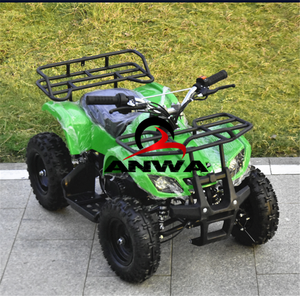




























































































































































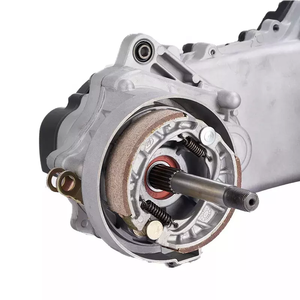

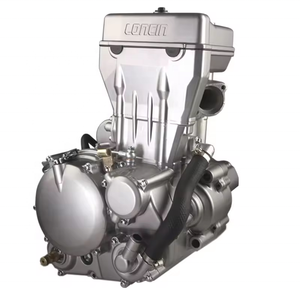
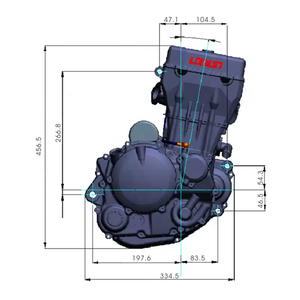
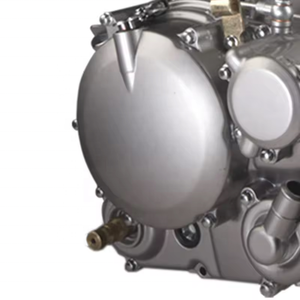
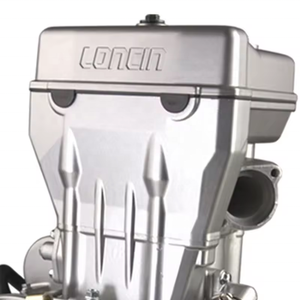
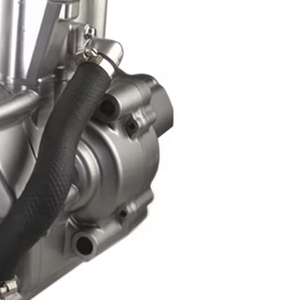
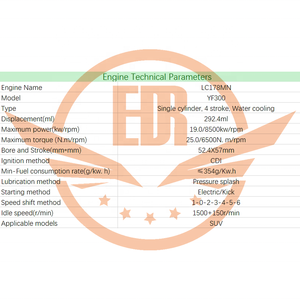
Water-cooled 50cc are available in different types, which include:
1. Water-cooled 50cc motorcycles
These 50cc motorcycles have a water cooling system that helps to maintain optimal engine temperature. They have a water pump that circulates coolant through the engine and to the radiator. The radiator then dissipates heat with the help of airflow. The water-cooled 50cc motorcycles are known for their stable temperature control. Riders can enjoy prolonged rides without worrying about overheating. Additionally, the water-cooled 50cc motorcycles have a consistent performance and durability.
2. Water-cooled 50cc scooters
Water-cooled 50cc scooters are designed with a compact water cooling system. Similar to the motorcycles, they also have a water pump that circulates the coolant. However, the water-cooled 50cc scooters have a smaller and more efficient cooling system. This is because scooters have smaller engines that generate less heat. The water-cooled 50cc scooters are known for their quiet operation, efficient cooling, and stable performance.
3. Water-cooled 50cc go-karts
Water-cooled 50cc go-karts are designed with a water cooling system that is integrated into the engine. They have several channels and ports that are used to distribute the coolant. Water-cooled 50cc go-karts also have a water pump that circulates the coolant through the engine block and cylinder head. Additionally, they have a radiator where the air passes through to remove the heat. The water-cooled 50cc go-karts are known for their precise temperature control and high-performance capabilities.
4. Water-cooled 50cc ATVs
Water-cooled 50cc ATVs are designed with a water cooling system that helps to control the temperature of the engine. They have a water pump that plays a major role in circulating the coolant through the engine. The water-cooled 50cc ATVs also have a radiator that dissipates the heat. The water-cooled 50cc ATVs are known for their excellent heat management system. This allows the ATVs to perform well in many conditions and environments.
Engine
The water-cooled 50cc engine has a cooling system that circulates water through the engine block and a radiator. This cooling system helps maintain optimal engine temperature, even in high-performance situations.
Cooling System
The cooling system consists of a water pump, coolant channels, and a radiator. The water pump circulates water through the engine and the radiator. The radiator dissipates heat from the water, allowing it to cool before returning to the engine.
Transmission
The Water-cooled 50cc scooters have automatic transmissions that allow for smooth acceleration and high speeds. The transmission consists of a variable belt pulley system that adjusts continuously based on engine speed and throttle input.
Fuel System
The water-cooled 50cc engine uses gasoline as fuel. Some engines may have a fuel injection system, while others rely on a carburetor. Fuel injection systems provide more precise fuel delivery and better fuel efficiency.
Exhaust System
The exhaust system of a water-cooled 50cc engine is designed to meet emissions regulations while minimizing noise. The exhaust system includes an exhaust pipe, muffler, and catalytic converter (in some models) to reduce harmful emissions before releasing them into the environment.
Electrical System
The electrical system of a water-cooled 50cc engine includes a battery, electrical wiring, and components such as the starter motor, ignition system, and lights. The electrical system provides power for starting, lighting, and other electrical components on the water-cooled 50cc bike.
Water-cooled 50cc scooters require regular maintenance to ensure optimal performance and longevity. Here are some general maintenance tips:
Understanding the needs
Water-cooled 50cc There are many options available in the market, and they are all designed to meet different needs. Before settling on a specific choice, buyers should understand the needs. For instance, if the bike is meant to be used in environments with high temperature conditions, then a water-cooled 50cc is the ideal choice. The bike's ability to manage and maintain optimal engine temperature offers better performance in high-temperature environments.
Evaluating the cooling system
Not all water-cooled 50cc motorcycles have the same cooling system. They do, however, have one major component that is quite useful and important - the radiator. The radiator is used to dissipate heat. Buyers are advised to check the radiator's size and design before buying the bike. A larger radiator has a higher cooling capacity than a smaller radiator. This makes it suitable for cooling the engine in a bike that has demanding cooling requirements.
Assessing maintenance requirements
Water-cooled 50cc bikes have a cooling system that requires regular maintenance. Buyers should go for models that are easy to maintain and have a simple cooling system design. Also, they should consider the availability of maintenance parts and services. Selecting models with easily accessible parts will reduce the overall maintenance costs and downtime.
Considering performance and efficiency
The performance and efficiency of the water-cooled 50cc system are very important. The cooling system has a great impact on the bike's performance level. With a water-cooled 50cc system, users can expect a more stable and consistent engine temperature. This in turn leads to a better and more efficient combustion process. As a result, the water-cooled 50cc system enhances the bike's overall performance and efficiency.
Checking the design and build quality
The design of the water-cooled 50cc bike is very important. Buyers should go for models with a compact and lightweight design. Such designs allow for easy installation and integration of the cooling system into the bike. The build quality of the bike is also important. Buyers should check the material and construction of the cooling system components. Going for models with high-quality materials and components will ensure durability and reliability.
Evaluating the noise level
The water-cooled 50cc system is known to produce noise during operation. The noise is produced as the water pump circulates water and the radiator dissipates heat. If the noise level is a concern, buyers should look for models that have a minimized water-cooled system. The noise level can also be reduced by going for bikes that have sound insulation features.
Water-cooled 50cc engines are mostly used in scooters and small motorcycles, so the cooling system is essential for the overall performance of the vehicle. Before attempting to replace or repair the system, DIYers should have a basic understanding of what a water-cooled 50cc system entails.
A water-cooled 50cc system works by circulating water and coolant through the engine block to dissipate heat. The water pump, as the name suggests, pumps the water in and out of the engine. The water is then cooled and circulated again by the radiator and the fan. The system also has hoses to transport the water, a thermostat to regulate temperature, and a reservoir to hold the additional coolant.
To replace any of these components, DIYers will need basic tools such as screwdrivers, pliers, a socket set, and possibly a torque wrench. They will also need replacement parts, which users can source from suppliers on Chovm.com, and coolant.
Q1: Are water-cooled 50cc engines better for the environment?
A1: Water-cooled 50cc engines can have lower emissions compared to air-cooled engines, especially when combined with modern emission control technologies. However, the environmental impact also depends on fuel type and adherence to emission regulations.
Q2: Can I convert an air-cooled 50cc engine to water cooling?
A2: While it's technically possible to convert an air-cooled engine to a water-cooled system, it's often more complex and cost-prohibitive. Instead, consider purchasing a 50cc engine that is already designed for water cooling if needed.
Q3: What maintenance does a water-cooled 50cc engine require?
A3: Water-cooled 50cc engines require regular cooling system maintenance. This includes checking water levels, periodic coolant changes, and inspecting for leaks. The cooling system should be clean and free of blockages to ensure optimal performance.
Q4: Are water-cooled 50cc engines more powerful than air-cooled ones?
A4: Cooling alone does not determine engine power. Water-cooled 50cc engines can maintain optimal temperatures during extended use, which helps sustain performance. The perceived power difference is more about consistent performance than actual engine power.
Q5: Can water-cooled 50cc engines be used for off-road purposes?
A5: Yes, water-cooled 50cc engines are suitable for off-road use. Their cooling efficiency is beneficial in demanding conditions. However, the vehicle's design, suspension, and other factors determine its suitability for off-road environments.